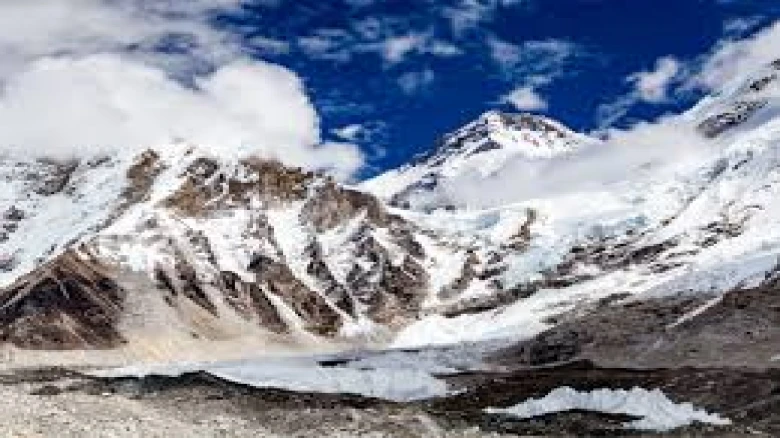Regional

The ISRO study revealed that 296 lakes are higher above 5,000 meters and 314 lakes are situated between 4,000 and 5,000 meters.
Digital Desk: The Indian Space Research Organization (ISRO) stated on Monday that an examination of decades' worth of satellite imagery has demonstrated that the glaciers in the Indian Himalayas—often referred to as the Third Pole due to their extensive snow cover and glaciers—are melting at a rate that has never been seen before, significantly expanding the glacial lakes.
“This retreat leads to the formation of new lakes and the enlargement of existing ones in the Himalayan region. These bodies of water, created by the melting of glaciers, are known as glacial lakes and play a crucial role as freshwater sources for rivers in the Himalayan region," the ISRO said in a release.
“They also pose significant risks, such as Glacial Lake Outburst Floods (GLOFs), which can have devastating consequences for communities downstream. GLOFs occur when glacial lakes release large volumes of meltwater due to the failure of natural dams, such as those made of moraine or ice, resulting in sudden and severe flooding downstream," the release added.
It is significant to highlight that, from the beginning of the Industrial Revolution in the eighteenth century, research undertaken worldwide has repeatedly demonstrated that glaciers are retreating and thinning at unprecedented rates all over the world.
The ISRO observed that 676 of the 2,431 glacier lakes in the Indian Himalayas that were larger than 10 hectares and discovered during the 2016–17 satellite survey have increased since 1984 using satellite footage spanning the years 1984 to 2023. This comprises 130 lakes that are found in India; there are 65 lakes in the basin of the Indus River, 7 in the basin of the Ganga River, and 58 in the basin of the Brahmaputra River.
The Indian space agency, which is headquartered in Bengaluru, also stated that 65 lakes have increased to a size that is 1.5 times larger than it was in 1984, 10 lakes have grown between 1.5 and 2 times, and 89% of lakes (601 of 2,431) have expanded more than twice.
The ISRO study also revealed that 296 lakes are higher above 5,000 meters and 314 lakes are situated between 4,000 and 5,000 meters.
Based on the process of how they arose, the glacial lakes are divided into four main groups: those that are dammed by moraine, those that are dammed by ice, those that are dammed by erosion, and other glacial lakes. Moraine-dammed lakes account for 357 of the 676 growing lakes; these are followed in order by Erosion (265), other (96), and Ice-dammed (8) glacial lakes.
The Ghepang Ghat glacial lake (Indus River Basin) at 4,068 meters in Himachal Pradesh has seen long-term alterations. From 1989 to 2022, its area increased by 178%, from 36.49 hectares to 101.30 hectares. The annual growth rate is roughly 1.96 hectares.
Leave A Comment